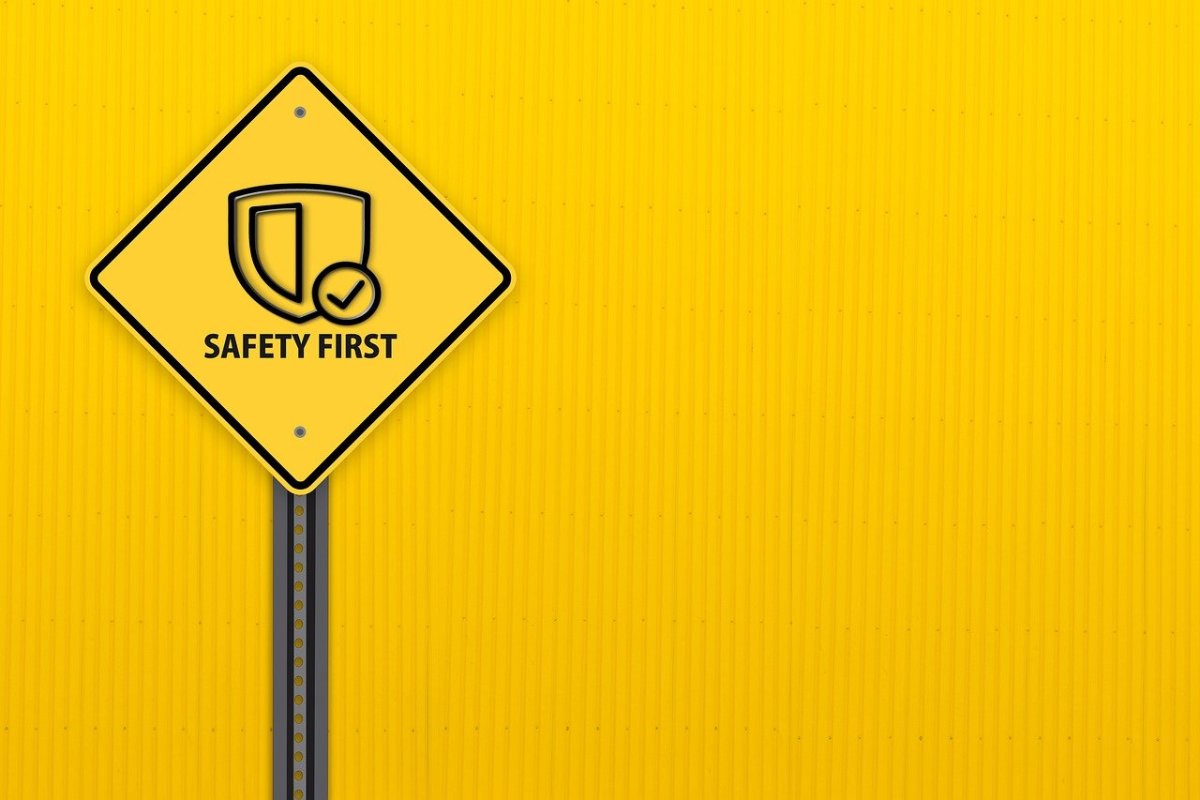
In the Navy, it was a universally accepted fact that NOTHING onboard the ship was “sailorproof.” Regardless of how it was designed, what it was made of, how many interlocks, mechanical stops, automatic shutoffs, etc., something had, any & all of those features could be overridden (by accident or on purpose) and cause a wide range of chaos, and/or damage, and/or injury. That’s why training and procedures are so important.
It’s the same in any civilian/corporate industry too – any device, tool, instrument, machinery, etc., can be inherently dangerous if it’s not used properly. And “used properly” for a LOT of those includes personal protective equipment, commonly known as PPE.
In the United States, the Occupational Safety & Health Administration (OSHA) publishes a couple of standards relevant to the safe use of compressed air:
Standard 1910.242(b) applies to the use of compressed air for cleaning. It states “Compressed air shall not be used for cleaning purposes except where reduced to less than 30 p.s.i. and then only with effective chip guarding and personal protective equipment.”
- Do wear eye protection, at a bare minimum, in regard to the personal protective equipment, no matter what. If the debris you’re blowing off is sharp or jagged, a full face shield & long sleeves are likely called for as well.
- Don’t operate a blowoff device in a manner where the static pressure at the outlet of the nozzle will reach or exceed 30 p.s.i. If you’re using an engineered product like an EXAIR Super Air Nozzle, it’s perfectly fine to use a higher air supply pressure than that. They’re designed so that the outlet pressure won’t exceed 30 p.s.i. no matter what the supply pressure is.

Standard 1910.95(a) isn’t exclusive to the use of compressed air, but since the discharge of a high pressure gas to atmospheric pressure can create quite a racket, noise levels associated with the use of compressed air often exceed exposure limits published in this standard.
- Do protect your ears, same as you do your eyes. This one is near & dear to me, because my Dad lost a significant amount of his hearing in his early 40’s as a result of occupational noise exposure, and I saw first-hand what an impact that has on quality of life…for him, and frankly, for us too. There are a number of ways to do this, and the National Institute of Safety & Health (NIOSH) ranks them in order of effectiveness in their Hierarchy of Controls.

- Don’t make earplugs, earmuffs, headphones, etc., the first and only line of defense. Don’t get me wrong; they work GREAT when the right ones are used properly…”right” and “properly” being the key words there.
- So, DO make selection, training, and enforcement of their usage a high priority if the source of the noise cannot be:
- Eliminated – this can be a toughie, because whatever’s making the noise is very likely there for a reason.
- Substituted – this is a much more common, and still highly effective method, as engineered products like EXAIR manufactures can dramatically lower noise levels while maintaining the effectiveness of compressed air usage.

In closing, my last dos & don’ts are: Do heed OSHA’s safety standards, so you don’t get a hefty fine for endangering yourself or the folks you work with. Frankly, if they catch you before anyone gets hurt, you got off light. If you’d like to find out more about how EXAIR Intelligent Compressed Air Products can improve safety with your compressed air usage, give me a call.
Russ Bowman, CCASS

Application Engineer
Visit us on the Web
Follow me on Twitter
Like us on Facebook






